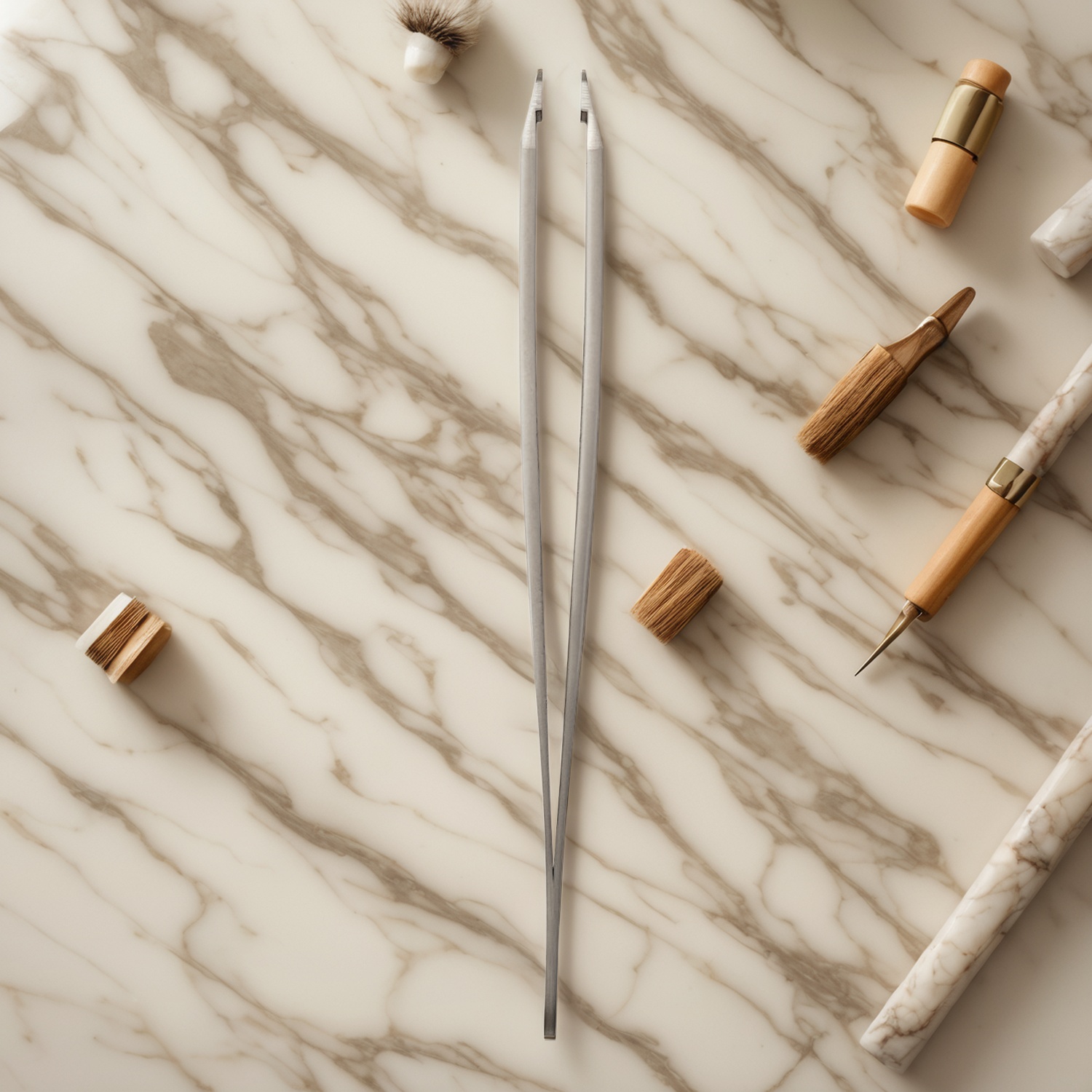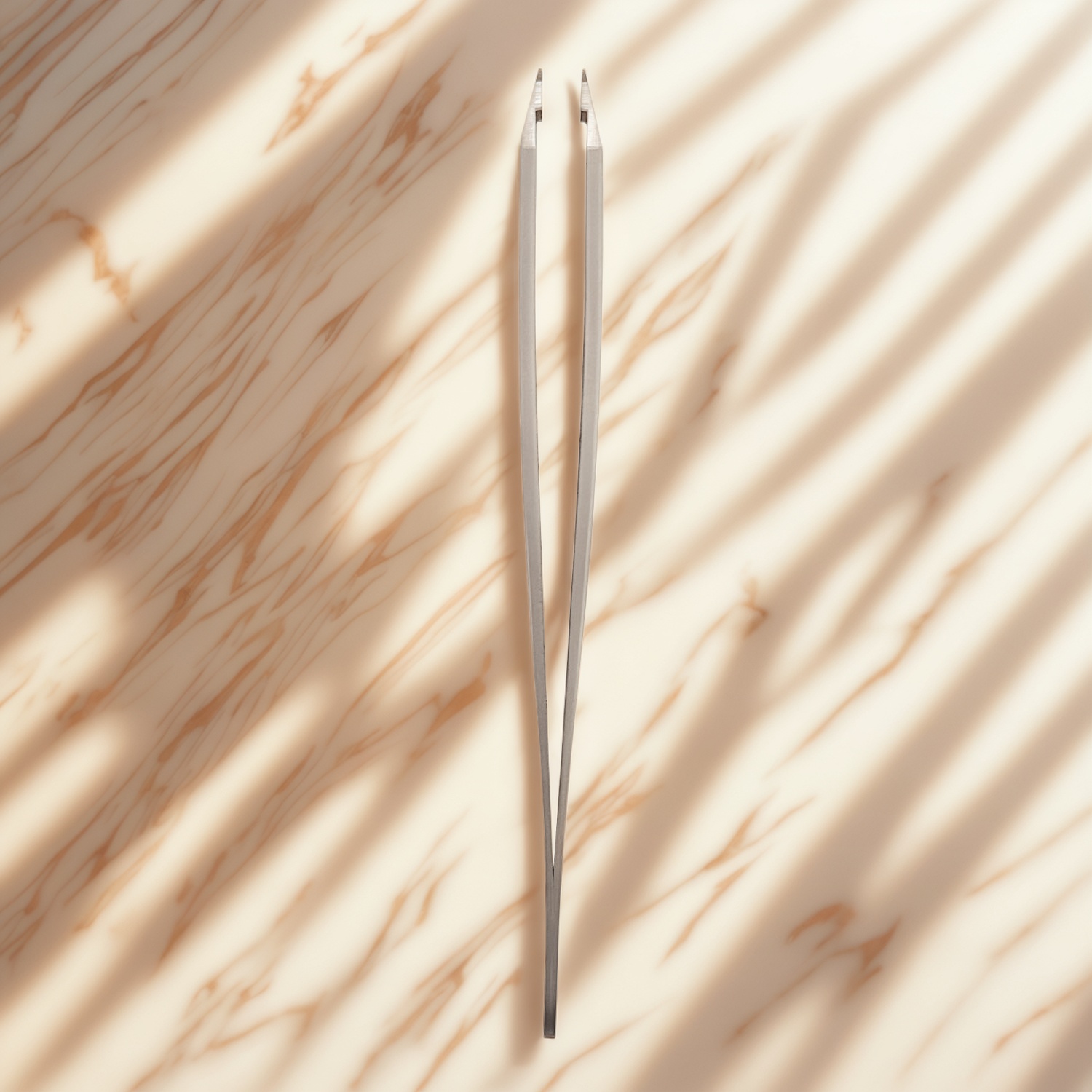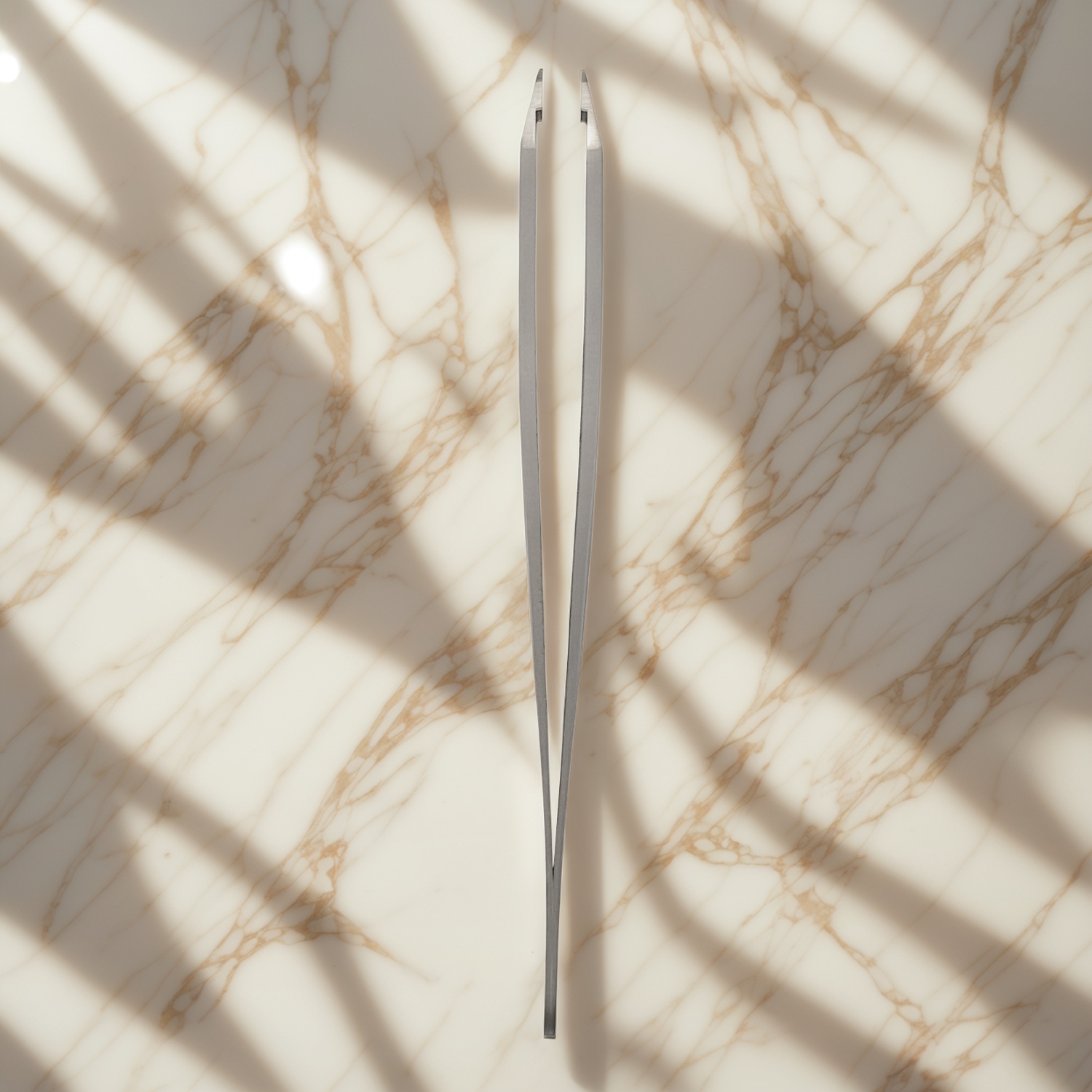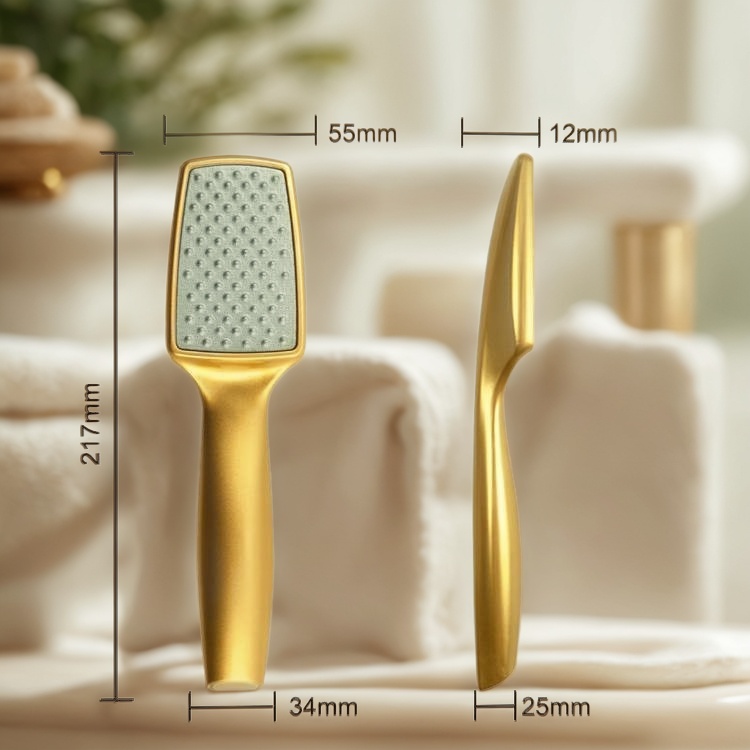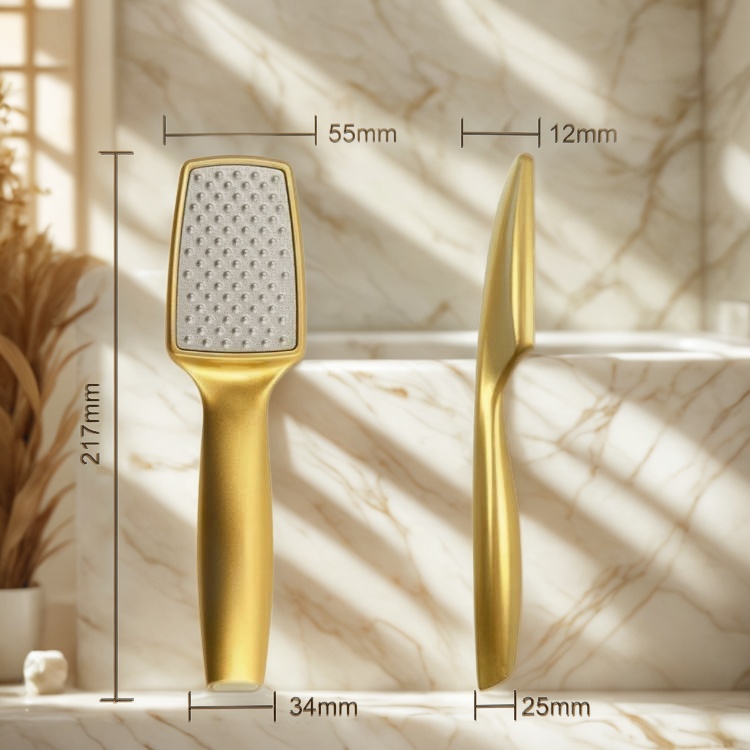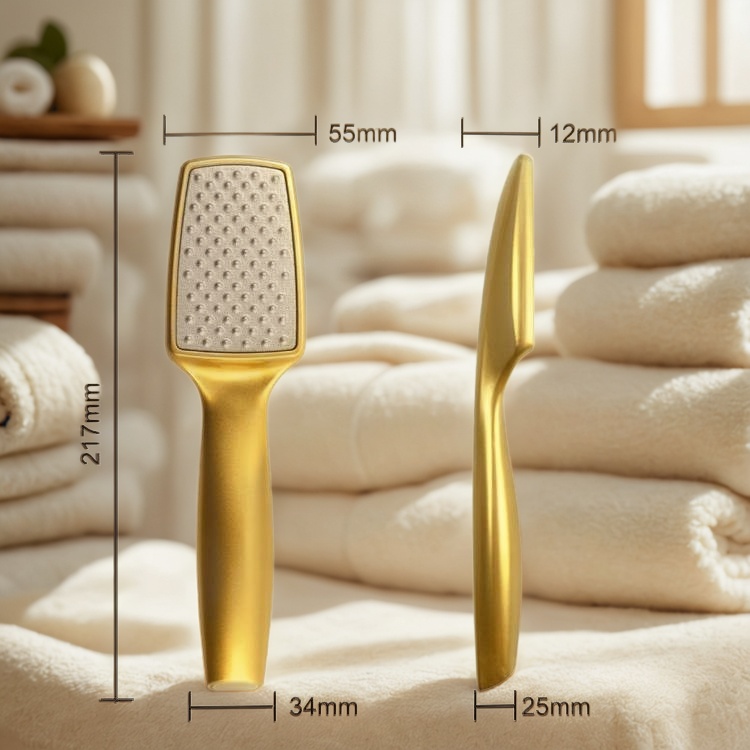Mastering Precision: The Intricate Production Process of Nail Clippers
Nail clippers, though small in size, are a testament to intricate engineering and meticulous craftsmanship. The journey from raw materials to a finished, functional tool involves several carefully orchestrated steps, each contributing to the clipper’s durability, sharpness, and overall quality. Let’s explore the production process that transforms simple materials into an essential grooming accessory.
1. Material Selection: The Foundation of Quality
The first step in producing high - quality nail clippers is selecting the right materials. Premium - grade stainless steel is a popular choice due to its corrosion - resistance, durability, and ability to maintain a sharp edge. This material ensures that the clippers can withstand repeated use without rusting or dulling quickly. Some manufacturers may also incorporate other alloys or materials for handles, such as durable plastics or ergonomic rubber, to enhance grip and comfort.
2. Forging and Shaping: Crafting the Blades
Once the material is selected, it undergoes forging. This process involves heating the stainless steel and shaping it into the desired blade form. Advanced machinery ensures precision in cutting and forming the blades, which are the heart of the nail clipper. The blades are carefully crafted to achieve the optimal angle and thickness, ensuring a clean and effortless cut every time.
3. Heat Treatment: Enhancing Durability
Heat treatment is a critical stage in the production process. By subjecting the blades to controlled heating and cooling, manufacturers enhance their hardness and toughness. This process, known as quenching and tempering, prevents the blades from becoming brittle while ensuring they retain their sharpness over time. It’s a delicate balance that requires expertise to execute correctly.
4. Surface Finishing: Aesthetic and Functional Benefits
After heat treatment, the blades and other metal components receive a surface finish. This can range from a simple polish to more advanced treatments like electroplating. Polishing not only gives the clippers an attractive appearance but also removes any burrs or rough edges, ensuring safety during use. Electroplating, such as adding a layer of nickel or chrome, further enhances rust - resistance and gives the clippers a sleek, professional look.
5. Assembly: Bringing It All Together
The assembly stage involves putting all the components together. Handles, blades, and any additional parts (such as springs for tension) are carefully assembled. Precision is key here—each component must fit together seamlessly to ensure smooth operation. Workers use specialized tools to tighten screws and ensure that the pivot point (where the blades meet the handles) allows for easy opening and closing.
6. Quality Inspection: Ensuring Excellence
Before packaging, every nail clipper undergoes a rigorous quality inspection. Manufacturers check for sharpness, alignment of blades, handle comfort, and overall functionality. Any defects, no matter how minor, are identified and corrected. This final check ensures that only top - quality products reach the market, maintaining the brand’s reputation for excellence.
In conclusion, the production process of nail clippers is a blend of art and science. From material selection to quality inspection, each step requires precision, expertise, and a commitment to quality. Understanding this process not only highlights the value of a well - made nail clipper but also emphasizes why investing in a high - quality product is essential for any grooming routine. As consumers, appreciating the craftsmanship behind these tools allows us to better value their role in our daily lives.












